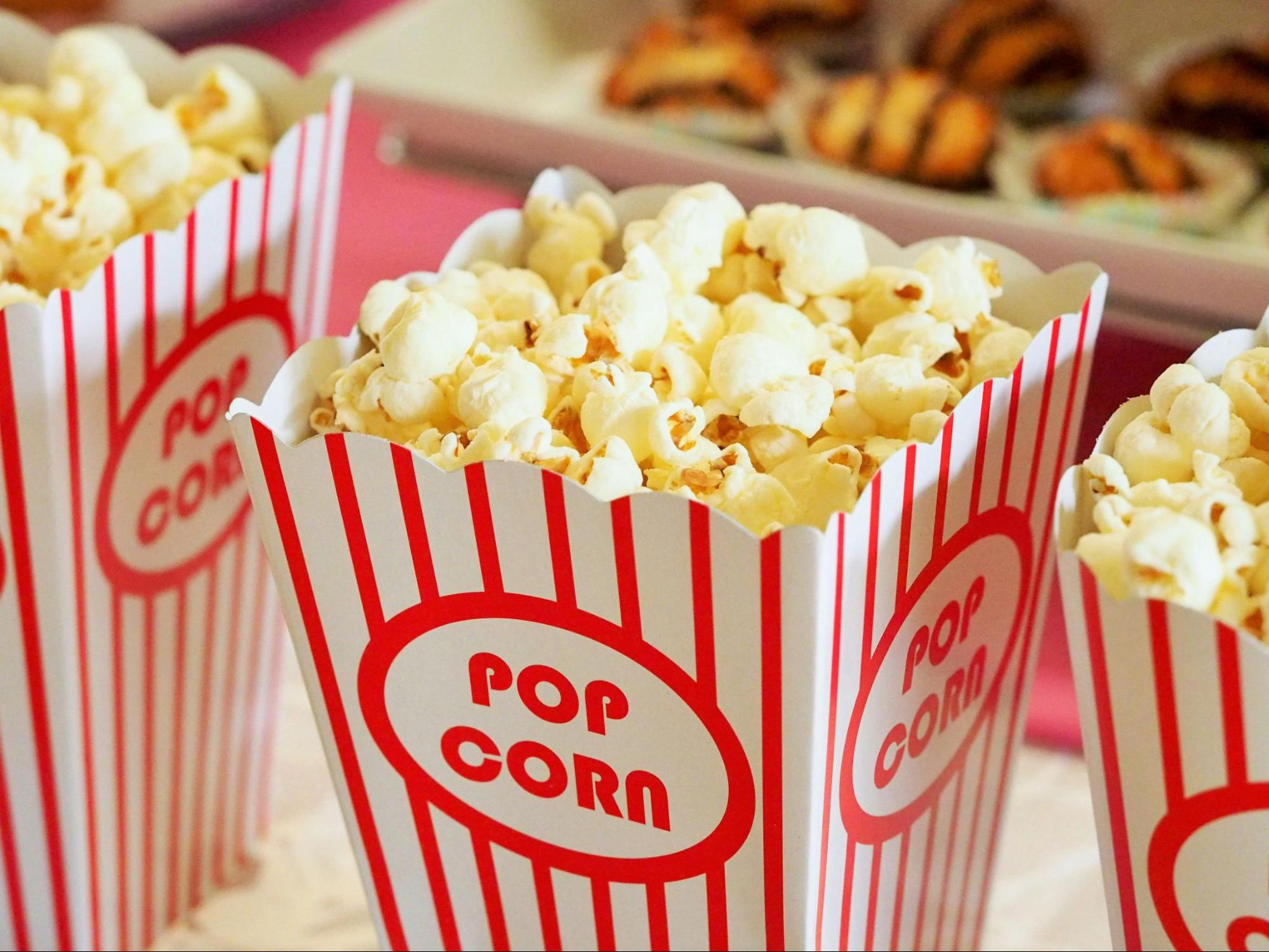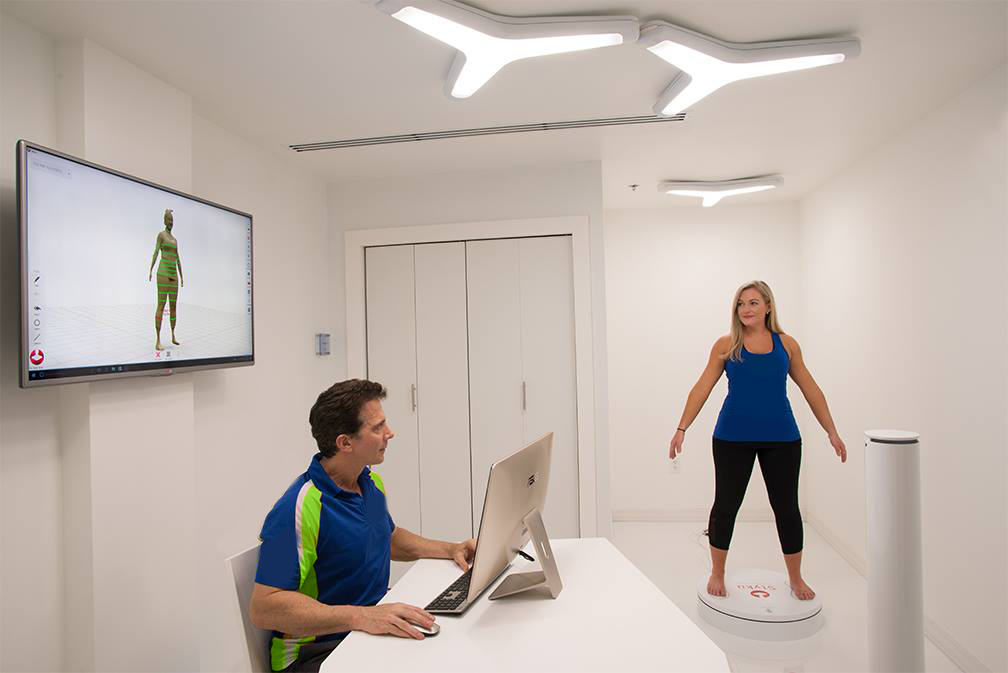Popcorn has garnered immense popularity as a snack food, not only for its delightful crunch and taste but also for its versatility. As more people become conscious of their dietary choices, understanding the caloric content and nutritional value of popcorn is essential. In this article, we will explore various aspects of popcorn, including its caloric content, how it compares with other snacks, and tips for making healthier choices.
Understanding Calories and Nutrition
In order to appreciate the caloric content of popcorn, it is crucial to first understand what calories are and the role nutrition plays in snack options.
What are Calories?
Calories are a unit of measurement that quantifies the amount of energy food provides to our body. The body needs a certain number of calories to perform basic functions, such as breathing, digestion, and physical activity.
When we consume food, our bodies break it down to derive this energy. Each type of food has a different caloric content, depending on its composition of carbohydrates, fats, and proteins. Therefore, understanding calorie content can help individuals make informed dietary choices. For instance, a high-calorie food may provide quick energy but could also lead to weight gain if consumed in excess without adequate physical activity. Conversely, low-calorie foods can be beneficial for those looking to lose weight, provided they are nutrient-rich and satisfying.
The Importance of Nutrition in Snacks
Nutrition goes beyond just counting calories; it focuses on the quality and health benefits of the food we consume. Choosing snacks rich in essential nutrients, vitamins, and minerals is crucial for maintaining overall health.
Snacks can either be energy-dense with little nutritional value or nutrient-dense with a balance of calories and essential nutrients. Being aware of this distinction can guide snack choices, especially for those looking to maintain a healthy lifestyle. For example, opting for a handful of nuts instead of a bag of chips not only provides healthy fats and protein but also keeps you feeling full longer, reducing the likelihood of overeating later. Additionally, incorporating fruits and vegetables into your snacking routine can boost your intake of fiber and antioxidants, which are vital for a robust immune system and overall well-being.
The Popcorn Basics
Popcorn, as a snack, has many interesting characteristics that set it apart from other options. It’s essential to delve into its historical background and variations to fully appreciate this beloved snack.
Popcorn: A Brief History
Popcorn has a rich history, dating back thousands of years. Archaeological evidence suggests that it was first cultivated by indigenous peoples in the Americas. Early cultivators recognized popcorn’s unique ability to pop when heated, leading to its popularity as a food source. The earliest known popcorn was discovered in New Mexico, where it was found in a cave that dates back over 5,000 years. This ancient snack was not only consumed for its taste but also used in ceremonial rituals, showcasing its cultural significance.
Today, popcorn is enjoyed worldwide, often associated with movie theaters, fairs, and sporting events. Its cultural significance and adaptability make it a timeless snack that continues to evolve. In fact, popcorn has transcended its humble beginnings to become a staple in various culinary traditions, from savory popcorn seasoned with spices to sweet varieties drizzled with chocolate or caramel. The versatility of popcorn allows it to be enjoyed in numerous forms, making it a favorite for people of all ages.
Different Types of Popcorn
Not all popcorn is created equal. There are several varieties of popcorn kernels, each with its unique characteristics:
- Butterfly Popcorn: Known for its irregular shape and light, airy texture, this type is often used in movie theaters. Its unique structure allows it to catch and hold seasonings, making it a popular choice for butter and salt.
- Mushroom Popcorn: Rounder and denser, this variety is preferred for coatings like caramel because it holds toppings well. Its sturdiness makes it ideal for gourmet popcorn recipes, where it can be dressed up with various flavors and ingredients.
- White Popcorn: This variety has a more delicate flavor and smaller kernels, often resulting in fewer unpopped kernels. Its subtle taste pairs well with light seasonings, making it a favorite among those who prefer a less intense popcorn experience.
- Yellow Popcorn: This type is the most common at theaters and has a slightly nuttier taste, while its color comes from a natural pigment. Its larger size and fluffy texture make it a crowd-pleaser, often served in massive buckets during movie nights.
In addition to these popular varieties, there are also specialty popcorns that have gained traction in recent years. Flavored popcorn, such as cheese, ranch, or even spicy varieties, has become a trend in gourmet snack shops. People are increasingly experimenting with unique combinations, incorporating ingredients like truffle oil, sriracha, or even sweet toppings like cinnamon sugar. This innovation in popcorn flavors highlights its adaptability and the creativity of those who enjoy it.
The Caloric Content of Popcorn
Understanding the caloric content of popcorn is key for those moderating their intake. Various factors contribute to its calorie count, and being aware of these can assist in making healthier choices. Popcorn, often considered a healthy snack, can quickly become calorie-dense depending on how it is prepared and what is added to it. This makes it essential for health-conscious individuals to be informed about their popcorn habits.
Factors Affecting Calorie Count in Popcorn
Several elements can influence the calorie count in popcorn, including:
- Preparation Method: Air-popped popcorn is far lower in calories compared to oil-popped varieties. The method used can drastically affect caloric content. For example, microwave popcorn often contains added fats and flavorings that can elevate the calorie count significantly.
- Additives: Adding things like butter, oil, or sugar will increase the calorie count significantly. Gourmet popcorn, which may be coated in caramel or cheese, can reach staggering calorie levels, making it a less ideal choice for those watching their intake.
- Portion Size: The amount of popcorn consumed plays a vital role in total calorie intake. A typical serving size is around 3 cups of popped popcorn, but it’s easy to consume much more when snacking mindlessly while watching a movie.
A standard serving of air-popped popcorn has about 31 calories, while oil-popped popcorn can contain upwards of 60-70 calories per cup depending on the volume of oil used. This disparity highlights the importance of preparation methods in managing caloric intake.
How to Calculate Calories in Popcorn
Calculating the caloric content of popcorn can be relatively simple once you understand the preparation method and serving sizes. For instance:
- If air-popped, simply multiply the number of cups consumed by the calorie count per cup (approximately 31 calories).
- If oil-popped, you would add the calories from the oil to the counted popcorn calories – approximately 60-70 calories per cup.
Using nutritional labels or online calorie-counting tools can further enhance accuracy in determining calorie intake from popcorn. Additionally, it’s helpful to keep in mind that flavored popcorn varieties often come with their own unique calorie counts, so checking specific brands can provide more precise information. Experimenting with different seasonings, such as nutritional yeast or spices, can also add flavor without significantly increasing calories, allowing for a satisfying snack experience without the guilt.
Comparing Popcorn to Other Snacks
Comparing popcorn with other snack options helps clarify its nutritional advantages and disadvantages. Several popular snacks can be juxtaposed against popcorn in terms of calorie count and health benefits.
Popcorn vs. Potato Chips: A Caloric Comparison
When assessing popcorn versus potato chips, popcorn frequently emerges as the healthier choice due to lower calorie content and higher fiber:
- Air-popped popcorn averages about 31 calories per cup.
- Regular potato chips can average around 150 calories per ounce (approximately 15 chips).

Besides calorie count, the light and airy nature of popcorn can lead to a more satisfying portion size, which can prevent overeating compared to denser chips. Additionally, popcorn is a whole grain, which means it retains the bran, germ, and endosperm, providing essential nutrients such as B vitamins, magnesium, and antioxidants. This whole grain status not only contributes to better digestion but also helps regulate blood sugar levels, making it a more balanced option for snacking.
Healthy Snack Alternatives to Popcorn
If you’re seeking alternatives to popcorn that still offer a satisfying crunch and aren’t laden with calories, consider these options:
- Rice Cakes: Light and available in various flavors; they can provide a low-calorie substitute.
- Vegetable Chips: Made from dehydrated vegetables, which can mimic that crunchy snack experience while adding nutrients.
- Nuts: While higher in calories, they provide healthy fats and protein that contribute to satiety.
Incorporating a mix of snacks can help to add variety to your diet while still being mindful of caloric intake. For instance, pairing nuts with air-popped popcorn can create a delightful blend of textures and flavors, enhancing the overall snacking experience. Furthermore, experimenting with homemade vegetable chips allows for control over seasoning and oil, ensuring a healthier alternative that can be tailored to personal taste preferences. This approach not only diversifies your snack options but also encourages creativity in the kitchen, making healthy eating an enjoyable endeavor.
Making Healthier Popcorn Choices
Making healthier popcorn selections is easy when armed with knowledge about the options available. A few simple adjustments can significantly reduce unnecessary calories.
Choosing the Right Popcorn for Your Diet
When selecting popcorn, consider the following:
- Opt for Air-Popped: This is the best option for those watching their caloric intake, as it contains no added fats.
- Watch for Added Ingredients: Flavorings like butter or cheese can increase calories; look for labeled “light” varieties instead.
Being conscious about choices can limit excess calorie consumption while still enjoying this delicious snack.
Tips for Reducing Calories in Popcorn
Here are several strategies to create healthier popcorn options:
- Use Seasonings: Instead of butter, try flavored herbs and spices or a light drizzle of olive oil.
- Control Portions: Use a measuring cup for portion control to avoid mindless eating.
- Experiment with Air-Popped Kernels: Invest in an air popper to enjoy freshly popped popcorn without the extra fat.
Implementing these tips can allow you to indulge in popcorn without compromising your dietary goals.
In conclusion, popcorn can be a delightful and nutritious snack when enjoyed mindfully. By understanding its caloric content and making informed choices about preparation methods and toppings, individuals can enjoy popcorn as a part of a balanced diet while satisfying their snack cravings.






